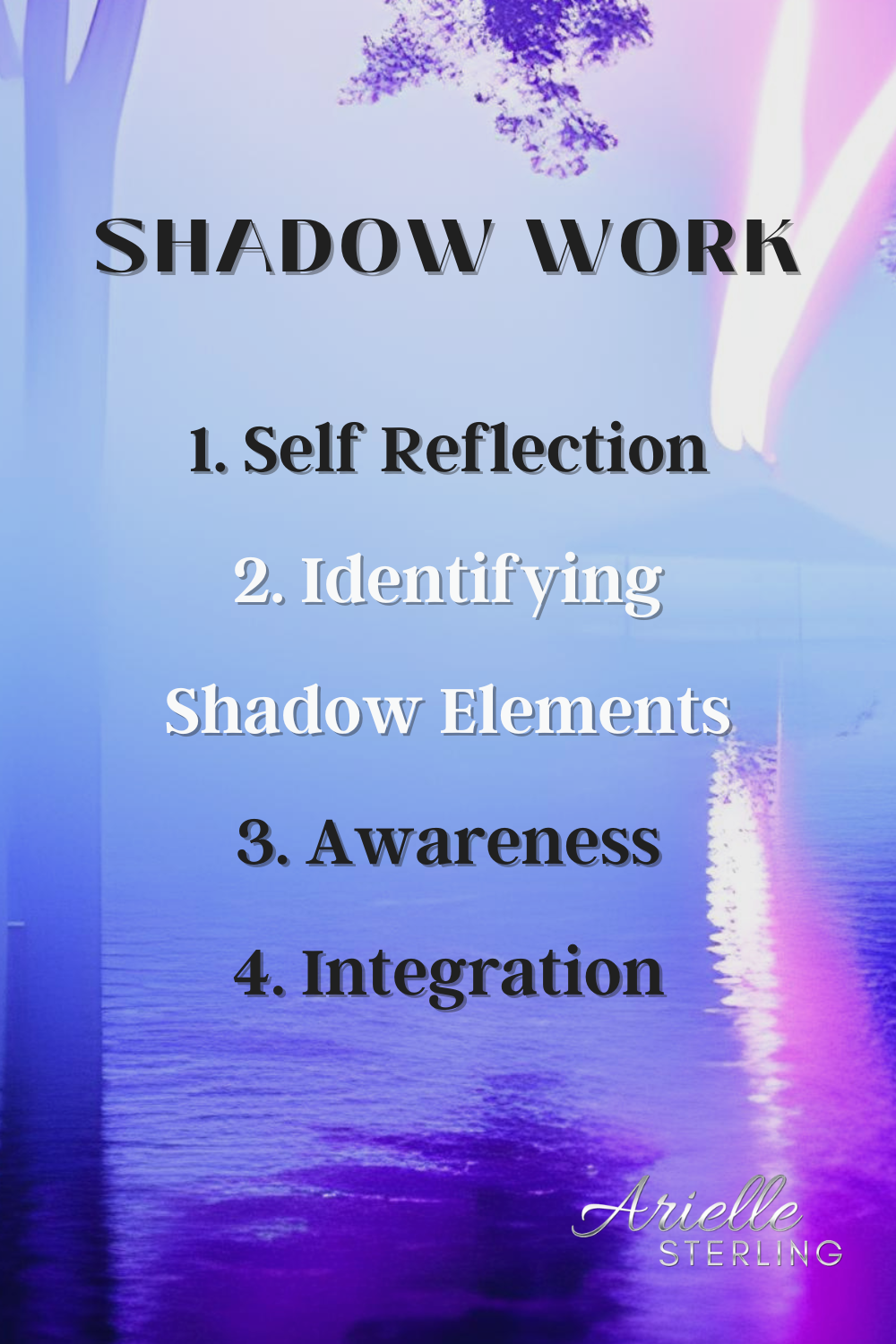 The concept of the shadow self, coined by the renowned psychologist Carl Jung, refers to the unconscious aspects of our personality that we tend to repress or deny. These shadow elements can include our deepest fears, desires, insecurities, and traits or behaviors that we consider negative, harmful, or socially unacceptable. While repressing these elements may provide a sense of security or self-preservation, it can also limit our personal growth and prevent us from living fully and authentically. How to Identify Shadow ElementsIdentifying our shadow elements can be a challenging but rewarding process that requires honesty, vulnerability, and a willingness to face our fears and insecurities. Here are some tips on how to identify your shadow elements and examples of what it may look like in real life:
Shadow elements are aspects of our personality that we repress or deny because they are uncomfortable, socially unacceptable, or go against our ideal self-image. These shadow elements can include our deepest fears, desires, and insecurities, as well as traits or behaviors that we consider negative or inappropriate. What are some Shadow Elements?Here are some examples of shadow elements and how they may manifest in our lives:
These are simply a few examples of shadow elements, but not an exhaustive list. Identifying our shadow elements is never an easy process. It requires a willingness to explore our innermost fears and vulnerabilities and a commitment to personal growth and self-awareness.
0 Comments
Leave a Reply. |
Arielle SterlingArielle is a best-selling author, holistic life coach and intuitive energy healer. Archives
July 2024
Categories
All
|



 RSS Feed
RSS Feed